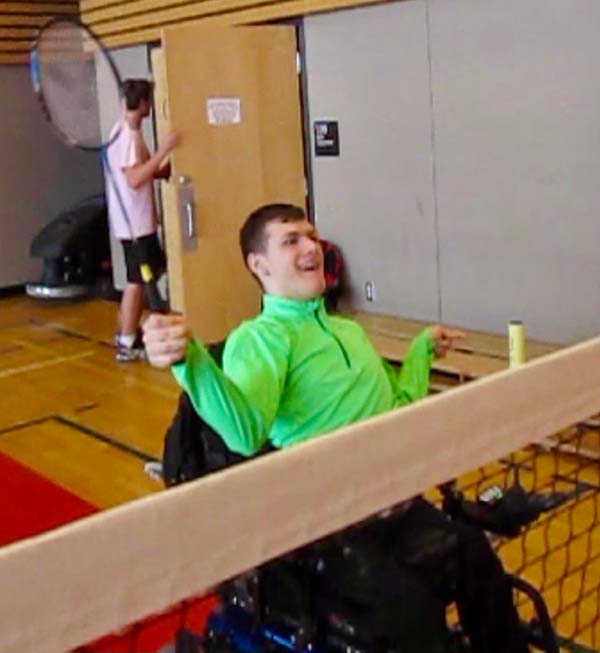Module 2: Defining Inclusion
INclusion
If we think about inclusion in the context of the B.C. curriculum and the development of core competencies in thinking, communication, personal and social responsibility, then inclusion must be practiced at school and beyond.
The core competencies were developed to assist all students to develop the knowledge and skills they need in school, in areas outside of school and beyond their time in school into adulthood. In order to develop their competencies, students with complex needs must be included in opportunities that occur in natural contexts throughout their day, and in ways that are natural for their peers. All of us that share membership in the school community are responsible for providing opportunities for students with complex needs. This requires each of us to actively invite, involve, and inform with intention.


Case Example: Josh
In Grade 10, when the entire grade went on their week-long outdoor education experience at a location completely wheelchair inaccessible, it was never thought that Josh wouldn't attend. The mindset was always—how can we make this work?
A group of Grade 12 friends volunteered for training to safely transport and transfer Josh to wherever was necessary. Every year, the graduating class goes on a 3-day river rafting trip. Logistically, it was a very difficult challenge for someone in a wheelchair and unable to sit independently. But once again, there was never a thought that Josh wouldn't go. It was just a matter of making it safely happen.
Josh thrived in this learning environment. He was genuinely happy to go to school. It wasn't always easy or perfect. But he learned more than ever before. His communication skills and literacy increased dramatically. He made friends. He made an impact. One of the most important things that he learned was that he belonged.
